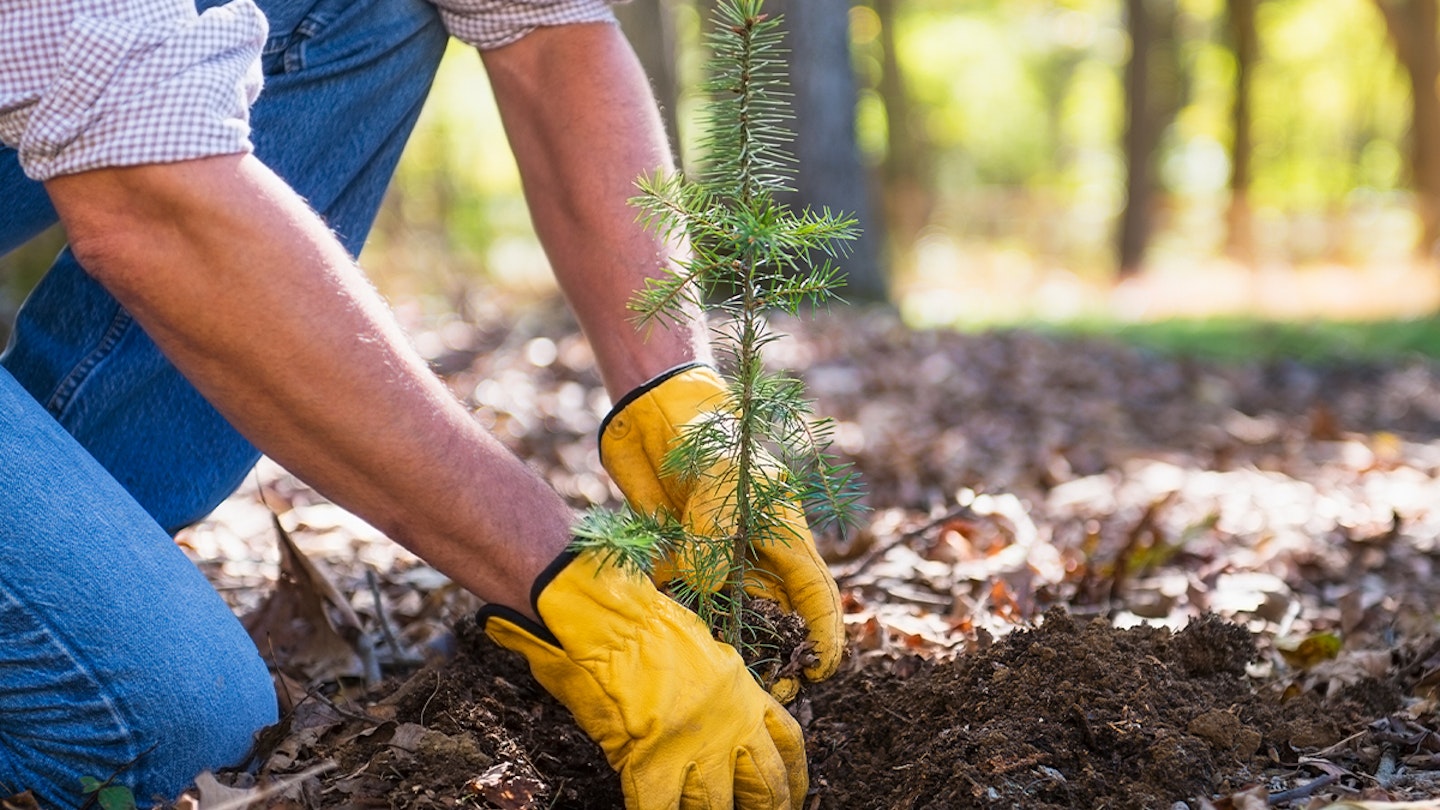The best small garden trees can transform your outdoor space and bring verdant foliage to your garden. There are countless small garden trees that are suitable for gardens with limited space. In the UK, the typical size garden is 14 square metres. When deciding which tree to plant there are many factors to consider.
Which trees grow well in the UK? When in the year is best to do landscaping? Are you looking for an ornamental tree or planting it for privacy? Which type of tree suits your needs the best, evergreen or deciduous?
Best small garden trees at a glance:
• Best for autumn foliage: Paper Bark Maple Tree - View on Ornamental Trees
• Best for blossom: Upright Flowering Cherry Tree - View on Ornamental Trees
• Best slimline: Pair of Italian Cypress Trees - View on You Garden
As many gardens in the UK have limited space, it is important for you to choose a tree that compliments your surroundings in terms of size and how it looks. Some trees need to be planted straight into the ground, while others, perfect for container gardeners, are happy to live in pots and planters. Read on to learn what type of tree best suits your taste and when you should plant them...
Best small garden trees
Best for autumn foliage
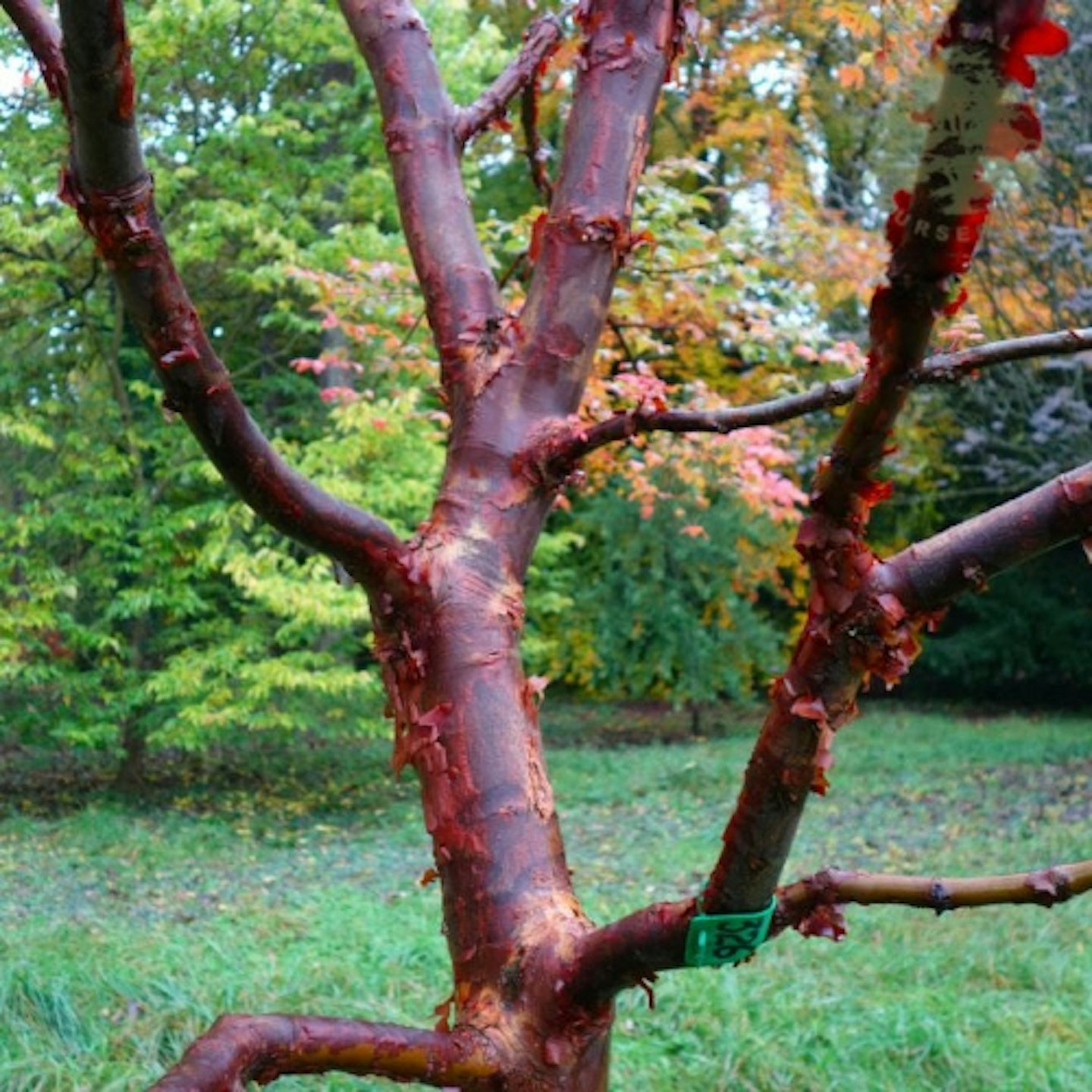 Ornamental Trees
Ornamental Treeswww.ornamental-trees.co.uk
Known as the Paper bark maple, this is a small tree with unusual, cinnamon-coloured peeling, flakey bark. This has small flowers that are followed by winged seeds often referred to as 'helicopters' due to the way they spin when falling. This tree will give you a virtual 'firework display' of colours in the autumn, starting pink before turning bright red.
Pros
- Year-round interest
- Gorgeous autumn colours
Cons
- Slow growing
Best for garden birds
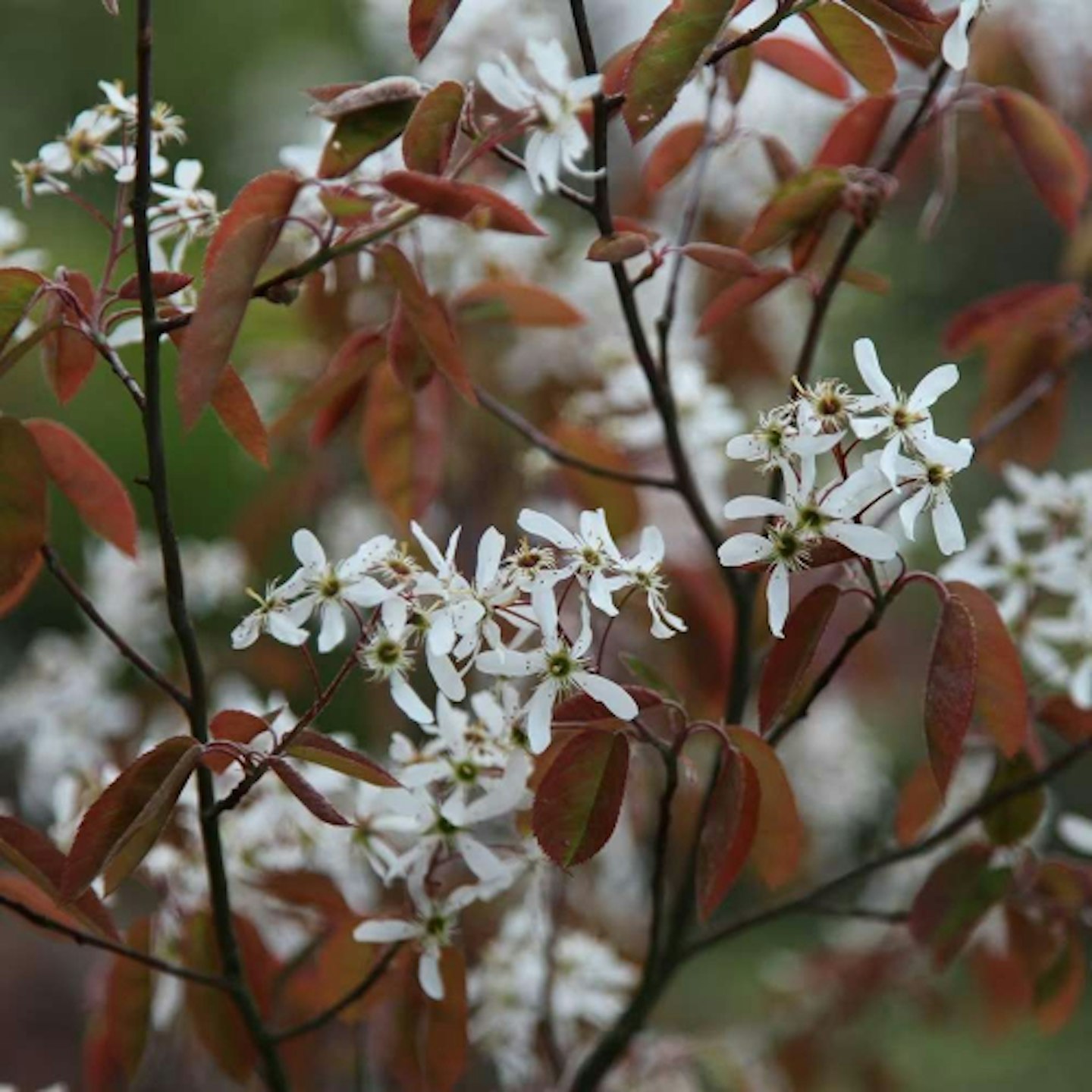 Primrose
Primrosewww.primrose.co.uk
This tree will give you delicate, star-shaped, white flowers in spring, with young bronze leaves maturing to dark green. In June (hence the name) you can expect edible, purple-black berries that are similar to blueberries, but have a sweeter taste and a more crisp texture - your garden birds will love them! This plant is a cross between a shrub and a tree, so it could be trained as either to suit your outside space.
Pros
- Edible berries
- Pretty spring blossom
Cons
- Needs well-drained soil
Best for hardiness
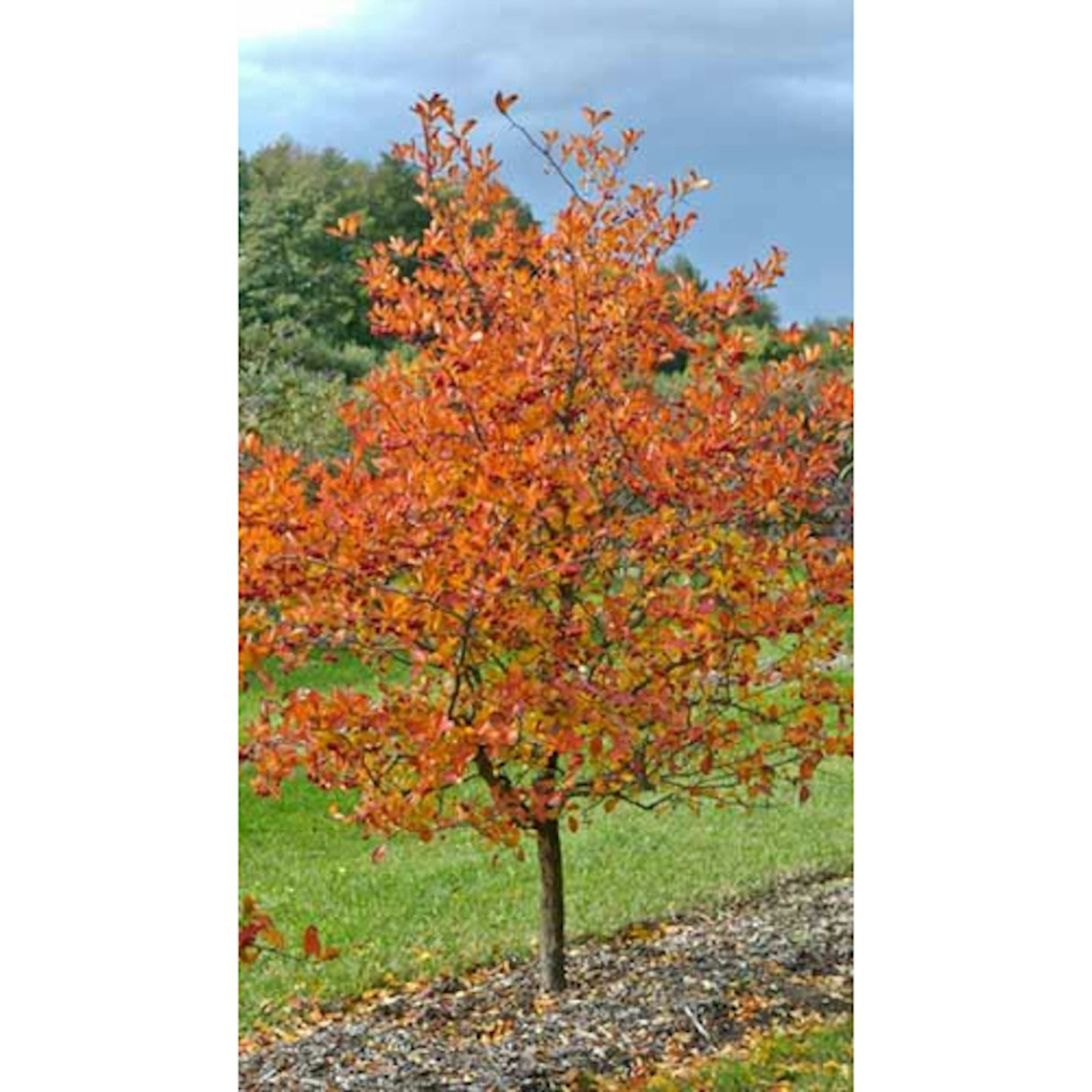 Paramount Plants
Paramount Plants www.paramountplants.co.uk
This tree is a cultivar of the UK's native hawthorn, keeping the hardiness that hawthorn typically offers, even able to thrive in spots that see a rigorous sea breeze. In spring this will offer bug-friendly white flowers followed by vibrant red berries. The leaves turn gold and red in autumn. Paramount Plants states: "Planted next to a patio, it will provide fragrant spring flowers, summer shade, and a magnificent autumn show."
Pros
- Requires minimal pruning
- Very hardy
Cons
- Spiny stems
Best for blossom
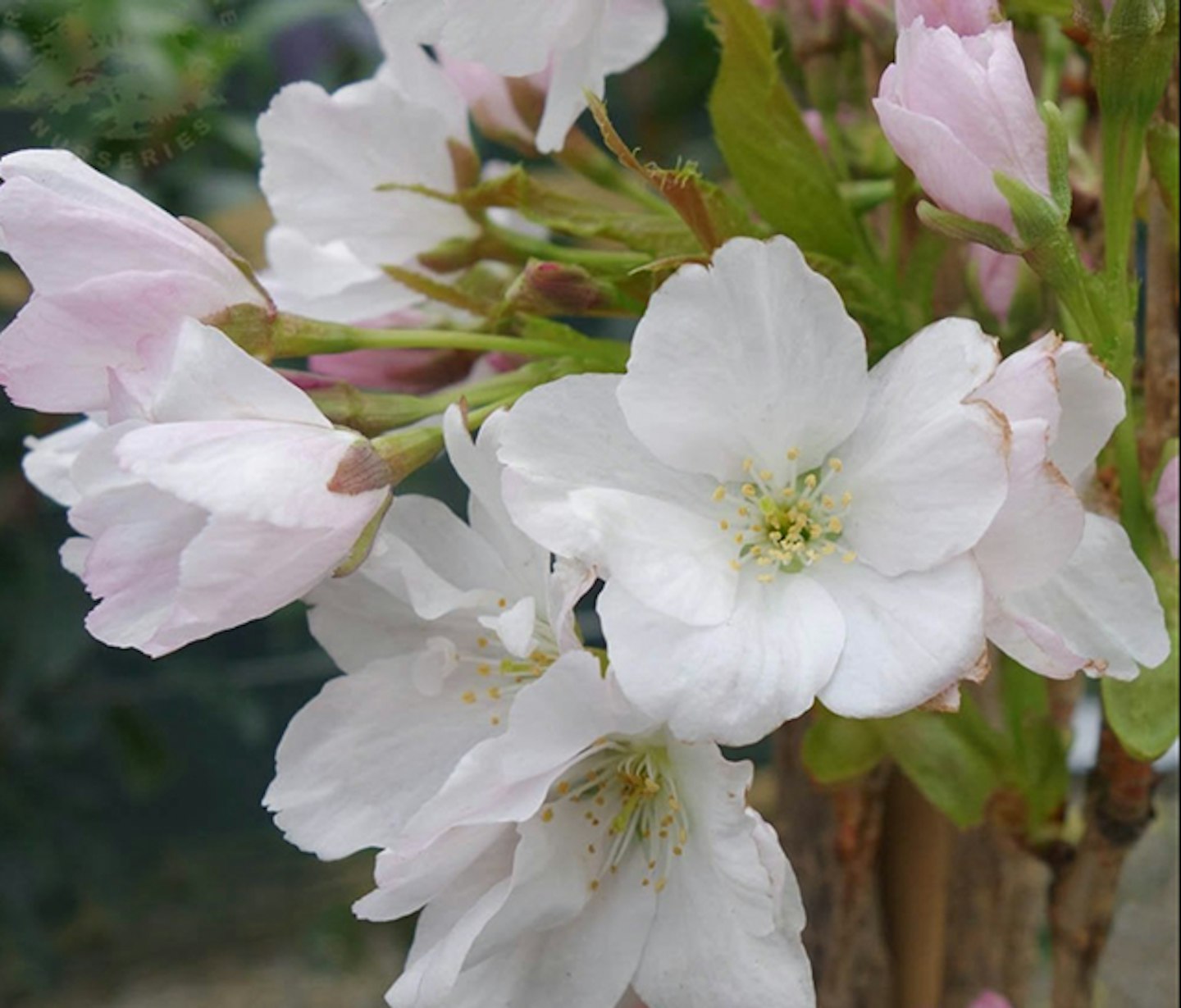
www.ornamental-trees.co.uk
This small columnar tree grows in such a narrow, upright manner it's also known as the 'Flagpole Cherry Tree.' This characteristic makes it ideal for smaller gardens, creating a flower-filled focal point in beds and borders. Around April you can expect a beautiful display of pale pink cherry blossom. These large semi-double flowers have a pleasant fragrance. This tree also offers an attractive autumnal display of orange and red leaves.
Pros
- Narrow, compact growth
- Fragrant blossoms
Cons
- Needs regular watering in spring and summer
Best slimline
 You Garden
You Gardenwww.yougarden.com
This pair of trees will bring some Mediterranean chic to your outside spaces. They can add some dramatic height when planted among other plants in beds and borders, but also grow well in pots. These trees placed either side of your front garden gate or even front door are an elegant choice. These are easy to grow and simply require light clipping to retain their slimline shape. These are supplied as established trees, up to 80cm tall, in pots.
Pros
- Evergreen
- Dense foliage
Cons
- Can grow up to 10 metres
Best fruit tree
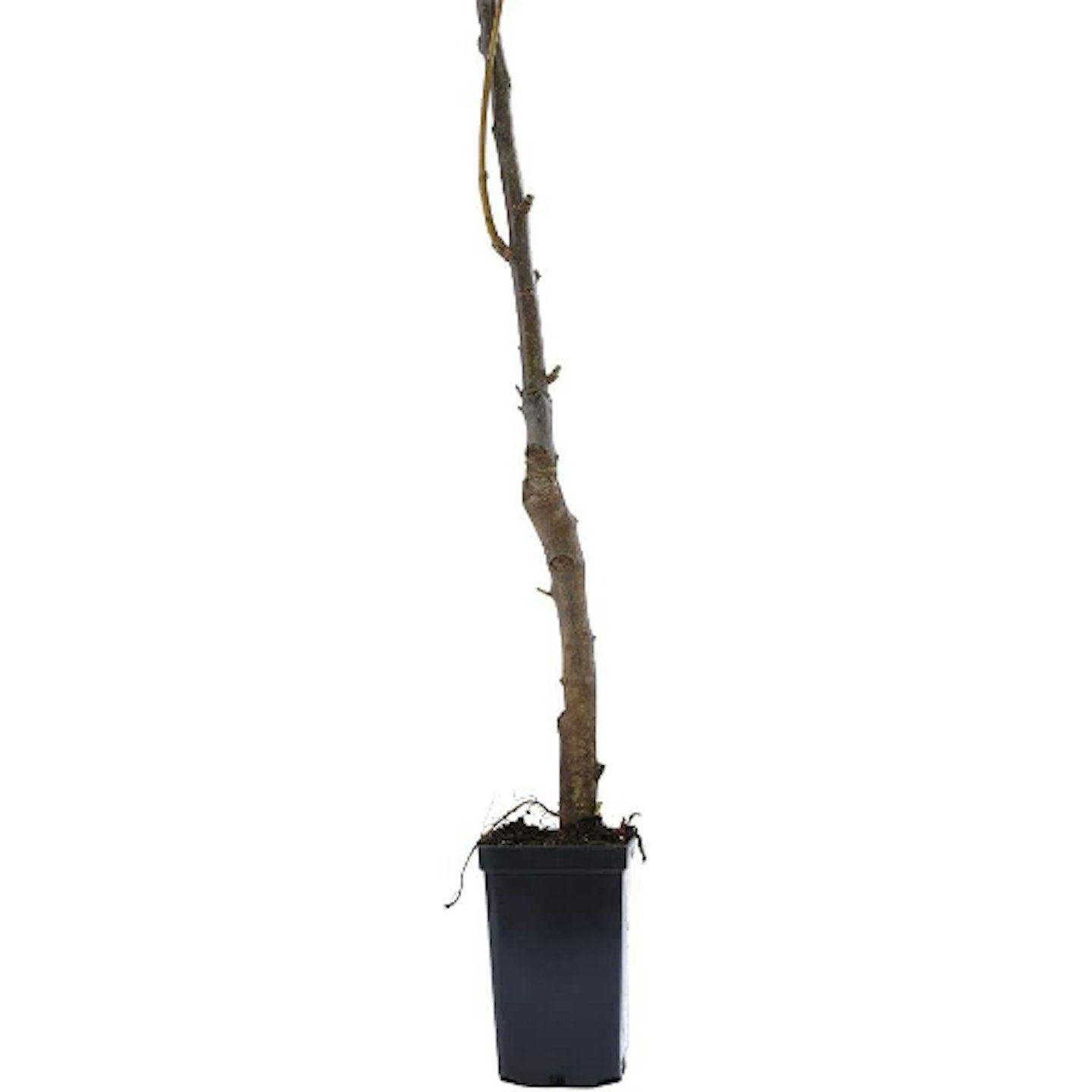 Amazon
AmazonBraeburn apples are the UK's most popular eating apple variety and this self-fertile tree will (eventually) provide you with a crop of juicy fruit that you can pick and eat straight from the tree. When your tree matures, which can be in as little as a year, from October you can expect to be able to harvest your very own fruit. This tree is supplied in a 9cm pot and can be planted straight away in well-drained soil in a sunny, sheltered location.
Pros
- Produces delicious apples
- Self-fertile
Cons
- Requires careful pruning
Best for butterflies
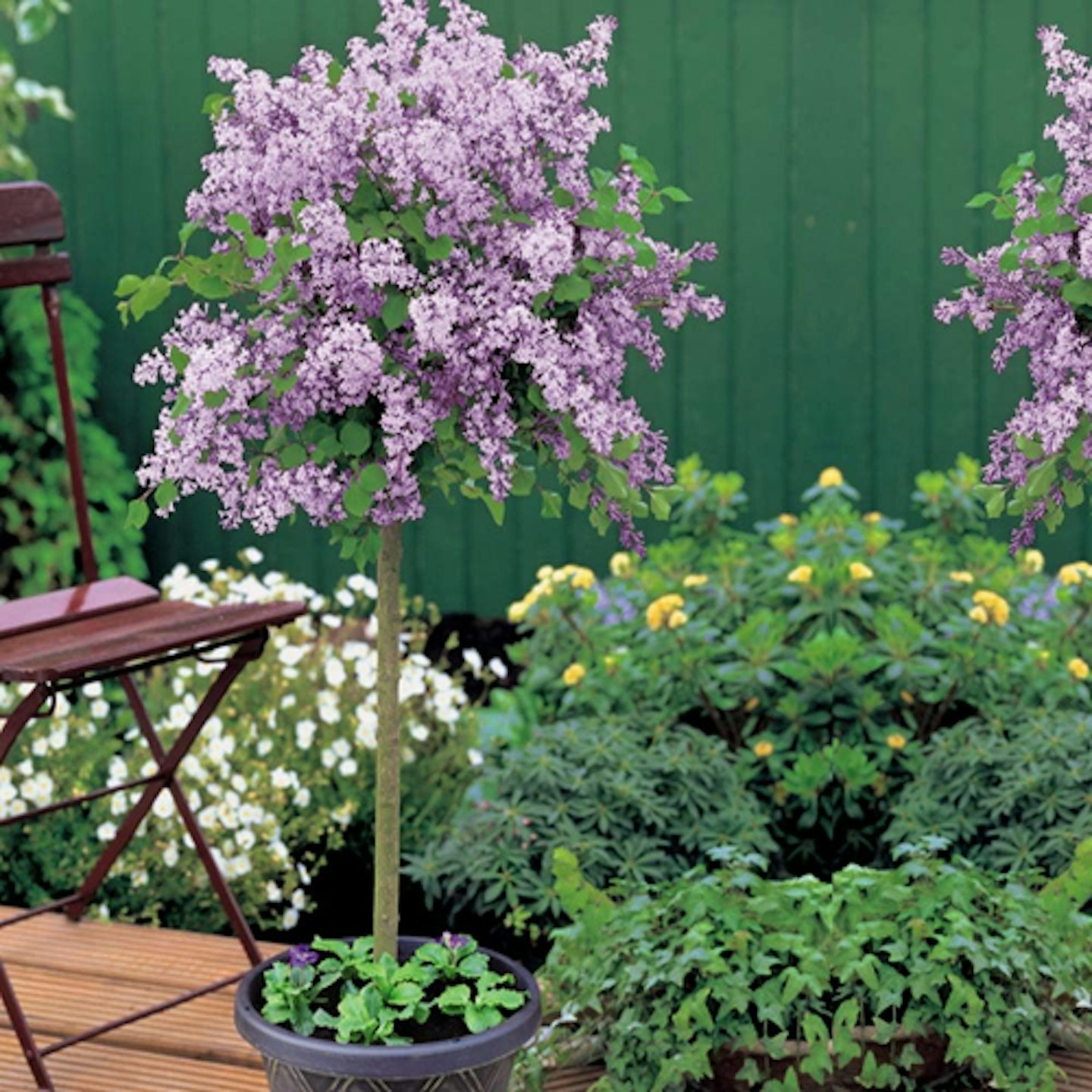 Amazon
AmazonCommonly known as lilac, and often confused with the very similar buddleia, this is a deciduous, hardy patio classic that gives you masses of scented flower clusters in the spring and summer. These flowers are a favourite of bees and butterflies, so you'll be supporting essential garden bug life with this cute tree. Lilac can be grown as a shrub, but Thompson & Morgan supply this in tree form with a bushy head on a bare stem for that attractive 'lollypop' effect.
Pros
- Attracts insects
- Scented flowers
Cons
- Not evergreen
Choosing between a deciduous or evergreen tree
Whilst evergreen trees keep their leaves throughout the year, deciduous are known for their colourful autumn foliage. It depends on what season you would like your tree to be at its best. If it's autumn leaves you are looking for then deciduous, or if it's privacy, shade and year-round leaves then evergreen trees are more suitable.
When is the best time of year to plant trees and shrubs?
Autumn and winter are the seasons when most professional landscapers will plant trees. As it's the coldest time of the year this means the trees and shrubs planted in the chillier months are dormant and therefore will be low maintenance until the weather improves. However, unless you're in the middle of a heat-wave there's not really a wrong time to get planting.
If you decide to plant your shrubs or trees in the colder months of the year, it means that at the start of the warmer months, they will have profited from the prime growing weather conditions. This is because they have the chance to establish their root system whilst asleep.
The soil is similar to the sea. It can take all year for it to warm up and then the entire winter to cool down. That is why landscaping in the autumn or winter means that you are planting the shrubs in fairly warm soil conditions despite the colder temperatures above the soil.
What do I need to plant a small tree?
Gardening gloves - we rarely take on any kind of gardening task without first donning gloves. When it comes to tree planting, gloves with stop your nails from getting muddy, and protect against rough bark and any thorns your tree might have.
Spade - any spade that's capable of digging a hole will work, but if you're planning on planting a lot of trees it might be worth investing in a special tree-planting spade, or spear. These are narrower and more precise.
Compost - it's essential to add some nutritious material to the hole you're transplanting your tree into. You can buy speciality tree compost that's great for roots, but at a pinch standard compost or any kind of homemade mulch will do.
Watering can - or hose. All kinds of trees need to be watered well when they first hit the ground or plant pot. As your tree is establishing itself, a good quality fertiliser is recommended for optimum growth.
Ellen Kinsey was a Senior Health and Wellness Product Writer and has been a part of Bauer Media since 2020. She has left Bauer Media to study Ayurveda in India to expand her knowledge and skills in the health and wellness field, where she plans to continue making journalistic contributions.
